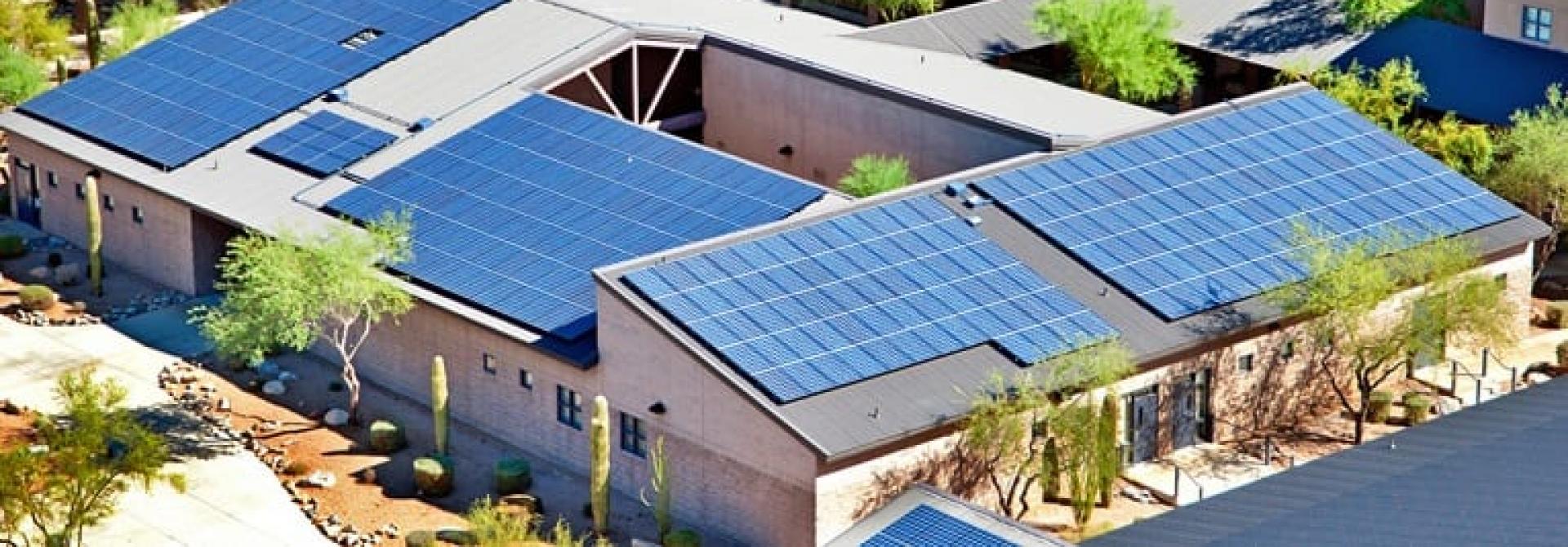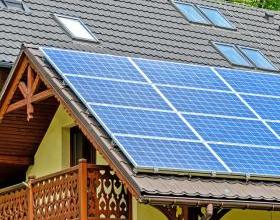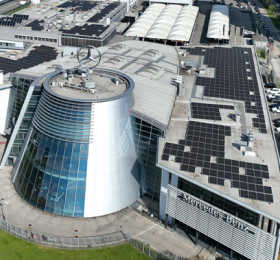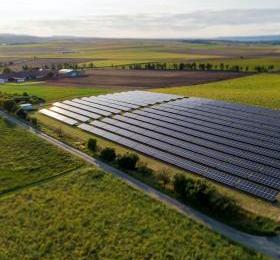For some time now, Renewable Energy Communities and Citizens have become a recurring theme in the world of energy.
Fortunately, the opportunity has come to investigate the state of regulatory and regulatory evolution on energy communities, allowing us to analyze and evaluate the requirements for energy communities to become a widespread and inclusive model in the future.
We know that the regulatory framework established for the launch of the experimental regime for the transposition of RED 2 is now complete, unless the technical procedures carried out by the GSE. Despite this, operators currently enjoy a sufficient regulatory framework for the initiation of projects in the field of energy communities.
At the legislative level, some indications for the development of energy communities have begun as part of the final implementation of the European directives. From October 29, 2020, the Senate approved the community delegation bill now under consideration in the Chamber. The main changes that should conform the definitive regime in the matters in question are:
- rearrange the self-consumption discipline to overcome fragmentation by developing systems in line with the most recent European provisions and monitoring the tariff effects associated with the systems;
- develop coordination between renewable energy communities and citizen energy communities. The final regime of energy communities must also provide for an effective form of internal direct exchange of production and consumption and forms of self-dispatching aimed at local energy self-balancing;
- the progressive removal of the on-site exchange service.
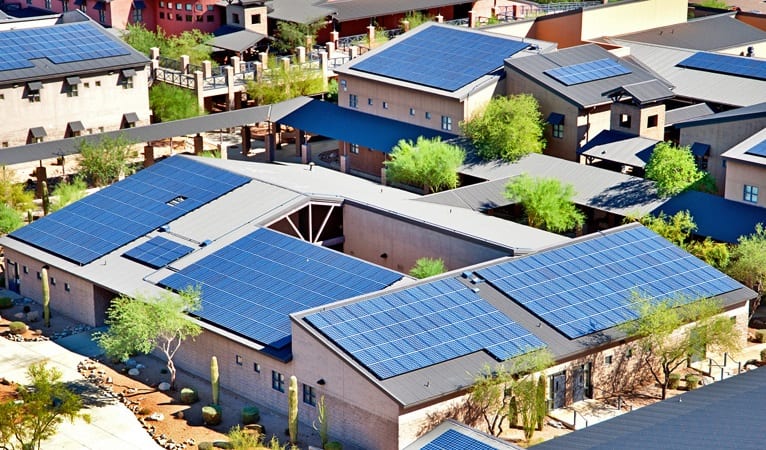
At the same time it is precisely the model adopted for the experimental regime that implies some limitations to the diffusion of energy communities. Although reasonable, these limitations present in the experimental regime push us to think about what could be the additional variables that will allow an effective and extensive development of energy communities with the consequent return of benefits for citizens.
Among the variables already evaluated is the constraint of establishing energy communities confined solely to the perimeters of the low voltage lines underlying the same secondary substation: in Italy we have about 500,000 secondary substations and many medium-sized municipalities have much more than a secondary substation. The current limitation therefore imposes an important fragmentation. Furthermore, the low voltage constraint does not allow production plants from local renewable sources typically connected to medium voltage to be able to become part of an energy community.
The question is complex. To manage a possible enlargement it is necessary to establish a practical principle of proximity between production and consumption in compliance with the principles of the European directives. Recalling that different types of configuration should correspond to different types of benefits in terms of avoided network costs: an assessment that is anything but simple.
Another possibility could be the integration of energy communities to buildings and condominiums with forms of collective self-consumption: this would allow the remaining portion of energy eventually fed into the grid to be consumed in a contextual manner by other consumers in the vicinity.
The current legislative process focuses on the elements that allow consumers to extract the greatest possible value from energy community initiatives. For this it is necessary to highlight the need for evolution of the current model.
The challenge that awaits the system is therefore to be able to implement new initiatives on the basis of the virtual model currently adopted in a manner compatible with an adaptation of these initiatives to any future different models that also include changes in the architecture of the electricity market and integrated into the optics to allow the widest possible development in terms of types / sizes of production and of customers eligible for the initiatives.
Further updates coming soon, always on our blog.
